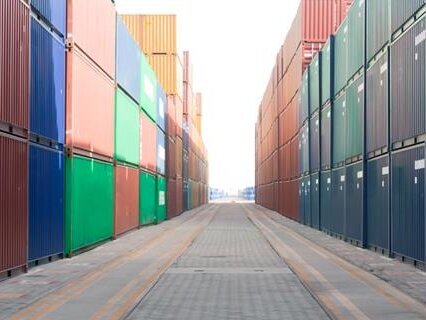TT Talk - Dangerous goods: attention to detail

The recent tragic events in Tianjin have amply shown the importance of correct and effective segregation of dangerous goods. But those involved in the movement of dangerous goods have far more to consider, and the industry as a whole should make a sanguine risk assessment of all aspects of the supply chain to engender safety.
Segregation of dangerous goods necessarily starts within any given cargo transport unit (CTU), but equally needs to be applied whilst goods are stored in warehouses and whilst packed containers are located in any port area, as well as when stowed on board a ship. The UN Model Regulations on the Transport of Dangerous Goods is the central repository of the relevant data, which is then implemented in the regulations for each mode of transport.
Refresh risk assessments
The risks may not be apparent whilst the containers are intact; it has been clearly seen in recent incidents ashore and afloat that the proximity of incompatible products in the incidence of even a small initial fire can be catastrophic. Even without understanding much about the causation of these incidents, it would be prudent for everyone in the supply chain involved in the shipment and handling of dangerous goods to carry out a review of all procedures, including those relating to emergency response, and access to full and accurate data.
"it would be prudent for everyone in the supply chain involved in the shipment and handling of dangerous goods to carry out a review of all procedures"
Recent visits by ICHCA surveyors to various marine terminals have found worryingly little adherence to segregation requirements for incompatible chemicals. It would seem that ports often overlook the correct segregation of declared dangerous goods and may not always have the facilities to deal effectively with emergencies. Furthermore, good practice would evidence liaising with local fire and rescue services in relation to the risks that are likely to be present, as well as joint practice drills to be adequately prepared for such an occurrence.
As mentioned in ICHCA's recent Information Paper No 62 , there is a wide range of information available from ICHCA and other bodies in relation to dangerous goods. However, the guiding principles for such matters are contained in IMO Publication 'Revised Recommendations on the Safe Transport of Dangerous Cargoes and Related Activities in Port Areas (2007 Edition)'; this can be ordered through ICHCA (at a 15% discount) as a printed or e-reader version contact Captain Richard Brough, ICHCA's Technical Advisor.
For maritime carriage, the International Maritime Dangerous Goods (IMDG) Code requires that shore-side personnel involved with dangerous goods are provided with function specific training. TT Club has repeatedly recommended that carriers request evidence of training records from their shippers (and forwarders both source appropriate training for themselves and seek similar evidence from shippers). The incidence of dangerous goods problems suggests that this IMDG Code requirement is not being followed with any rigour. This is displayed in both claims as well as container inspections.
Inspection efficacy
One of the functions of the IMO's Subcommittee on Carriage of Cargoes and Containers (CCC) is to receive reports on inspections carried out by Competent Authorities around the globe. By a sleight of editing history, the relevant guidance refers to dangerous goods in its title, albeit the substance is applicable to all cargoes. Thus, the very few reported inspection programmes focus on declared dangerous goods. On average over the last ten years, less than 60,000 containers have been inspected by the reporting Competent Authorities per year; the findings are variable and often appear to display specific interest areas, but deficiencies are found in about 15% of cases on average. However, for these inspections of declared dangerous goods there are some clear lessons.
- Placarding and marking of CTUs appears a growing problem - if a unit is not properly marked, others handling the sealed unit have little chance of following regulations
- Stowage and securing within the CTUs is a persistent issue (in about 20% of instances on average)
- Serious Structural Deficiencies of the units themselves is a concern
"deficiencies are found in about 15% of cases on average"
It is assumed that other Competent Authorities also carry out inspections, but choose not to collate or report results to IMO; this is disappointing, given widespread concerns about how cargo of all types is consigned through the supply chain. Some shipping lines are also known to inspect shipments, which is likely to be individually effective, but currently not able to be disclosed to the IMO. These 'private' programmes should be encouraged; they could be seen as cost-neutral since those presenting cargo with deficiencies are already contractually responsible for charges that are incurred.
The unit load industry should operate, in theory, on the basis of utmost good faith. The volume of world trade requires a degree of evidencing of training, proper risk assessment and solid information flows. Effective inspection regimes may be far more vital than the assumed tick-box exercise.
"Effective inspection regimes may be vital"
We hope that you have found the above interesting. If you would like further information, or have any comments, please email us, or take this opportunity to forward to any colleagues who you may feel would be interested.
We look forward to hearing from you.
Peregrine Storrs-Fox
Risk Management Director, TT Club
- Author
- Staff Author
- Date
- 08/09/2015





